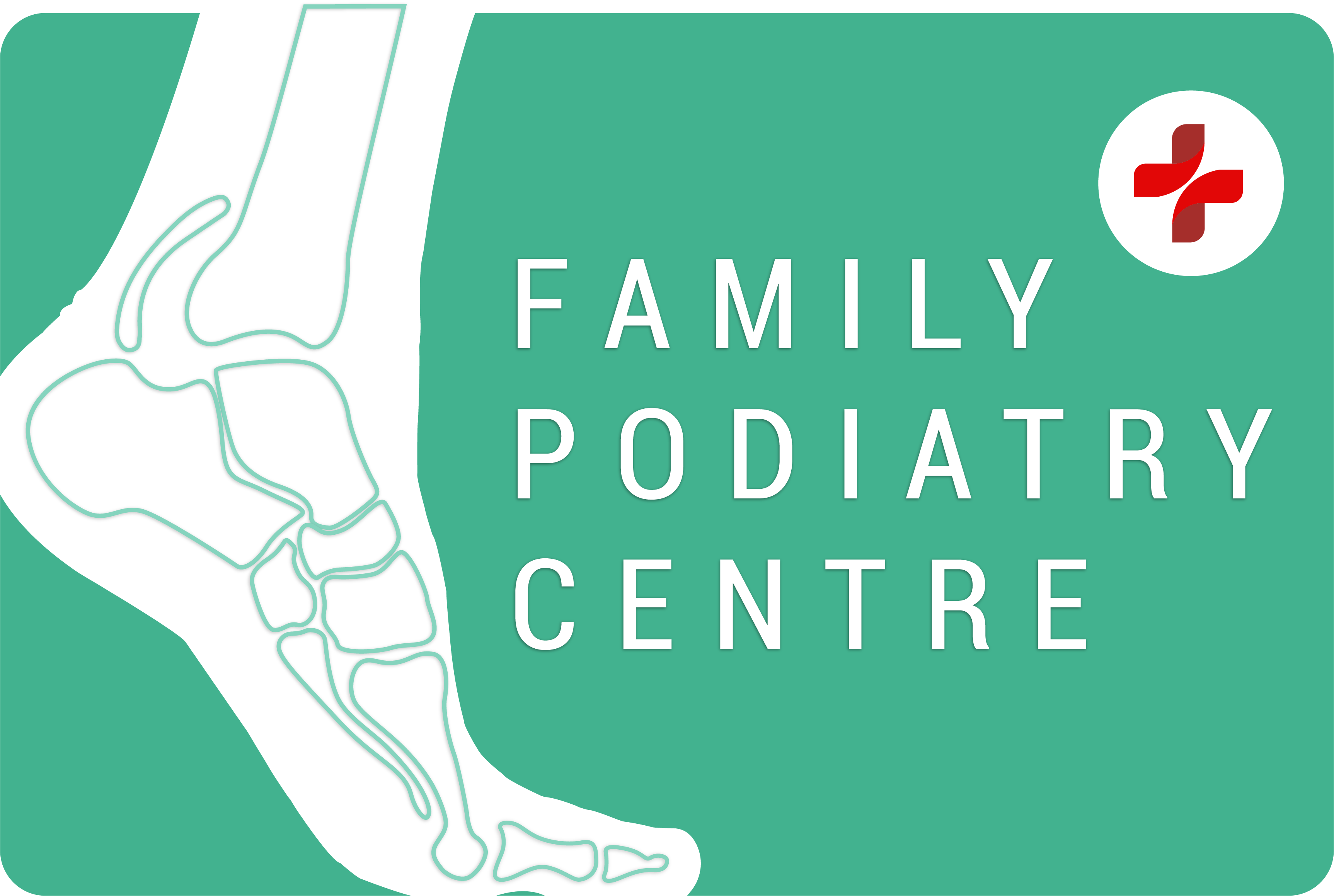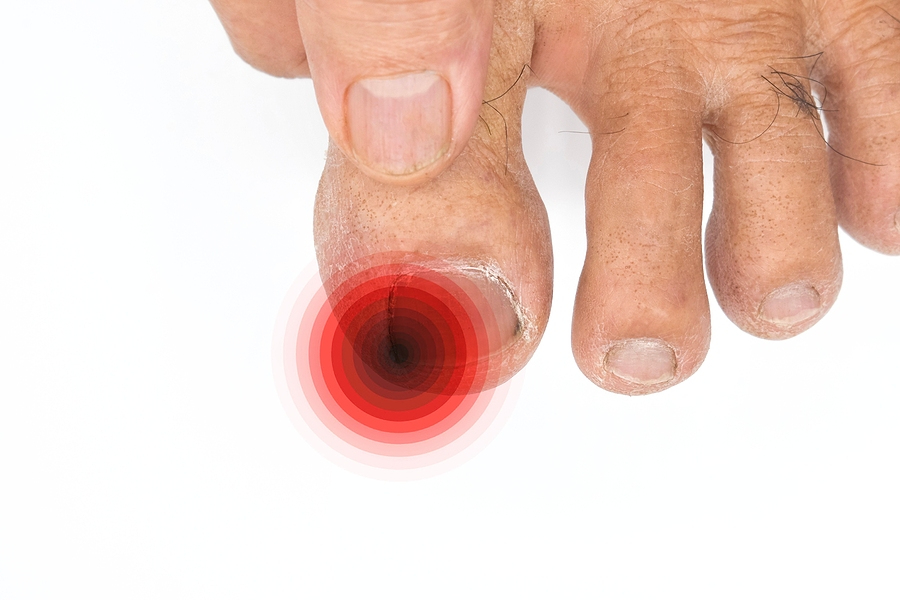Ingrown Toenail Treatment
Ingrown Toenail Treatment
There are two main types of treatments for ingrown toenails. The non-surgical conservative treatment and the surgical treatment. Both can be very effective and must be selected based on the type of ingrown toenail you have developed and the underlying cause.
1. Conservative Treatment:
For mild cases of ingrown toenails or for first time sufferes, conservative treatment is the first line of defense. This approach may involve either using a specialised nail nipper to clip out the nail spike that is growing in. One could also use techniques like placing cotton under the nail to help it grow above the skin. While this method can be effective, it often requires consistent care and monitoring. According to studies, conservative treatment can achieve success rates of approximately 70-90%, particularly when the condition is addressed early (Eekhof et al., 2012). It is also more likely to be effective if there are no genetic nail issues or permanent nail damage from shoes or nail fungal infections.
2. Surgical Treatment:
For more severe or recurrent cases, a minor surgical procedure may be necessary. The most common procedure is a partial nail avulsion combined with nail root/matrix ablation, which involves removing a portion of the nail and applying a chemical to prevent regrowth. This method has shown a high success rate of 95-98%, significantly reducing the likelihood of recurrence (Bostanci et al., 2001; Romero-Pérez et al., 2017).
Early treatment can prevent complications and ensure a faster recovery. When the condition persists extra skin develops and grows over the ingrown toenail leaving the toe deformed. Self treatment by cutting down the side of the nail leaves broken shards of nail behind that encourage deeper infections.
Find out how to prevent ingrown toenails.
Find out what causes ingrown toenails.
Find out how to prevent ingrown toenails.
Find out what causes ingrown toenails.
Mark Reyneker
B.T. Pod (SA), MSc (SA)
Podiatrist and Human Gait Specialist
Registered with the Podiatry Association of Singapore
Founder and Director:
Family Podiatry Centre Pte Ltd
Family Podiatry Centre Sdn Bhd
Solescape Laboratory
Solescape Laboratory
References:
Disclaimer: The word treatment in this article is used in it's traditional meaning to discribe options to manage the condition of ingrown toenails. While the above techniques are succesful, the word treatment, in this context, is not synonymous with cure.
Recommended posts

